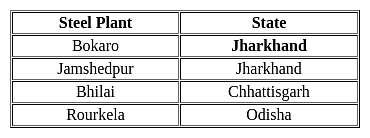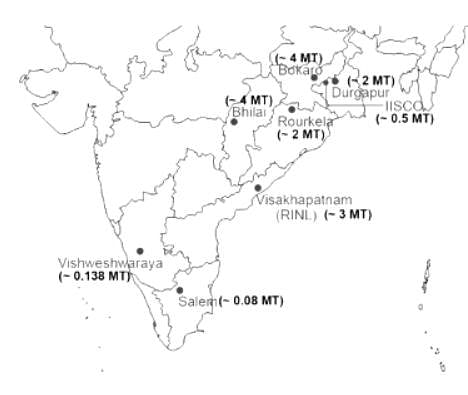KVS TGT Social Science Mock Test - 9 - KVS PGT/TGT/PRT MCQ
30 Questions MCQ Test - KVS TGT Social Science Mock Test - 9
Find out the Synonym of the following word:
CONSEQUENCES
| 1 Crore+ students have signed up on EduRev. Have you? Download the App |
Directions: Study the following question carefully and choose the right answer.
If ‘Development’ is written as ‘Tnemdevelop’. Then ‘Evaluation’ will be written as
To activate the previous cell in a pre-selected range, press
(a) Socialization is usually a continuous process.
(b) In the process of socialization, the person assumes values, behavior patterns, attitudes, beliefs, and skills by various rules of their own culture.
Which of the statements given above is/are correct?
During nineteenth century, how did print culture help poor people in India?
Which of the following bodies was set up to try and prosecute the Nazi war criminals at the end of World War II?
Consider the following pairs:

How many pairs given above are correctly matched?





















